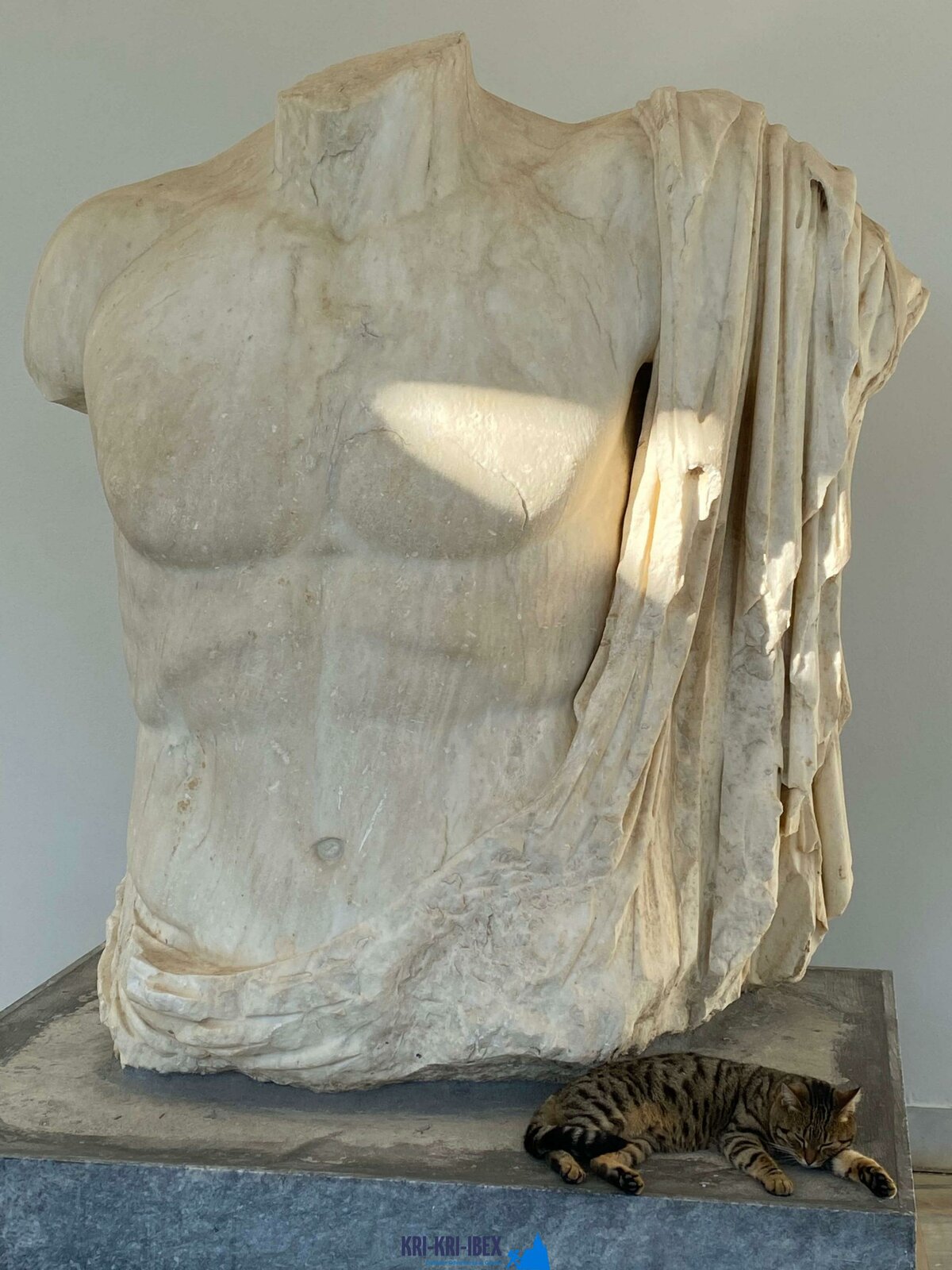
The Kri Kri ibex hunt in Greece is an unbelievable hunting getaway and also an amazing hunting expedition all rolled right into one. Hunting for Kri Kri ibex is an unpleasant experience for most of hunters, yet except me! It's an unbelievable hunt for a lovely Kri Kri ibex on an unique island as we visit old Greece, dive to shipwrecks, and quest throughout 5 days. What else would certainly you such as?

This Ibex is not a petite kind of the Bezoar Ibex, which has migrated to the western edge of its range. The kri-kri (Capra aegagrus cretica), likewise referred to as the Cretan goat, Agrimi, or Cretan Ibex, is a wild goat native to the Eastern Mediterranean. The kri-kri (Capra aegagrus cretica), a feral goat inhabiting the East Mediterranean, was as soon as believed to be a subspecies of wild goat. The kri-kri has a light brown layer with a darker neck band. Their two sweeping horns increase from their head. The kri-kri is a cautious and also timid pet in the wild, resting during the day. They can jump fars away or climb seemingly sheer cliffs.
What to Expect on a Peloponnese Tour? You can anticipate to be blown away by the all-natural charm of the location when you book one of our searching and also exploring Peloponnese Tours from Methoni. From the excellent coastlines to the hills as well as woodlands, there is something for every person to appreciate in the Peloponnese. Furthermore, you will have the chance to taste some of the very best food that Greece has to supply. Greek food is renowned for being fresh and scrumptious, and also you will most definitely not be dissatisfied. Among the very best parts about our trips is that they are made to be both enjoyable and educational. You will find out about Greek background and also society while likewise reaching experience it firsthand. This is an outstanding opportunity to submerse yourself in everything that Greece needs to use.
Experience 'Real' Greece with Our Peloponnese Tours. Look no additionally than our Peloponnese scenic tours if you're looking for an authentic Greek experience. From ancient ruins as well as castles to tasty food and also white wine, we'll reveal you whatever that this remarkable area needs to use. What are you waiting for? Reserve your trip today! Your Kri Kri ibex searching in Greece is below!
What is the diference between Kri Kri ibex, Bezoar ibex and hybrid ibex
The kri-kri is not thought to be indigenous to Crete, most likely having been imported to the island during the time of the Minoan civilization. Nevertheless, it is found nowhere else and is therefore endemic to Crete. It was common throughout the Aegean but the peaks of the 8,000 ft (2,400 m) White Mountains of Western Crete are their last strongholds–particularly a series of almost vertical 3,000 ft (900 m) cliffs called ‘the Untrodden’—at the head of the Samaria Gorge. This mountain range, which hosts another 14 endemic animal species, is protected as a UNESCO Biosphere Reserve. In total, their range extends to the White Mountains, the Samaria National Forest and the islets of Dia, Thodorou, and Agii Pandes.
This Ibex is NOT a diminutive form of the Bezoar Ibex, which has migrated into the western-most reach of the range of this species. The kri – kri (Capra aegagrus cretica), sometimes called the Cretan goat, Agrimi, or Cretan Ibex, is a feral goat inhabiting the Eastern Mediterranean, previously considered a subspecies of wild goat. The kri-kri has a light brownish coat with a darker band around its neck. It has two horns that sweep back from the head. In the wild they are shy and avoid tourists, resting during the day. The animal can leap some distance or climb seemingly sheer cliffs.
“The agrimi goat Capra aegagrus cretica is unique to Crete and its offshore islands. It has been identi®ed as a sub-species of the wild bezoar goat Capra aegagrus aegagrus Erxleben, 1777, which it closely resembles in horn shape, body form and coloration. This classi®cation has been disputed by some researchers who claim that the agrimi are feral goats, derived from early domestic stock brought to the island by the ®rst Neolithic settlers. In order to clarify this issue, DNA analyses (cytochrome b and D loop sequences) were carried out on tissue of live and skeletonized agrimi and compared to sequences of wild and domestic caprines. Results conclusively show the agrimi to be a feral animal, that clades with domestic goats (Capra hircus) rather than with wild Asiatic bezoar. This study demonstrates that morphometric criteria do not necessarily re¯ect genetic af®nities, and that the taxonomic classi®cation of agrimi should be revised.”